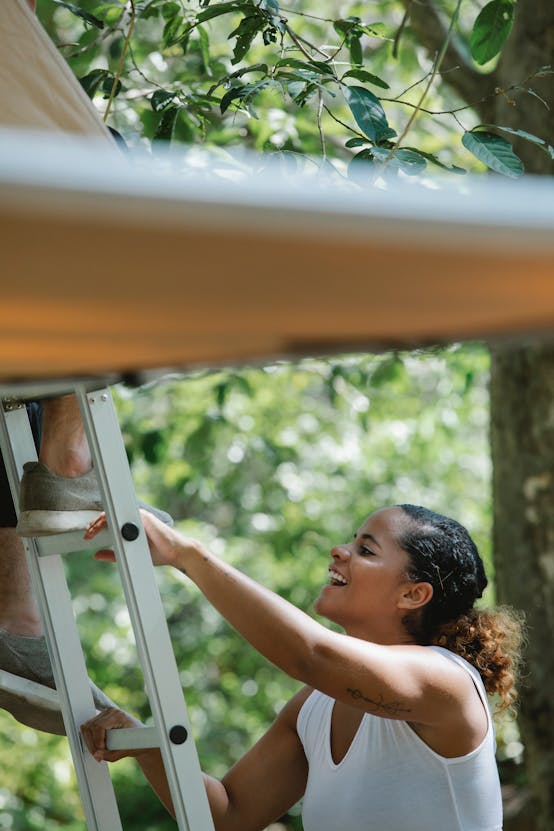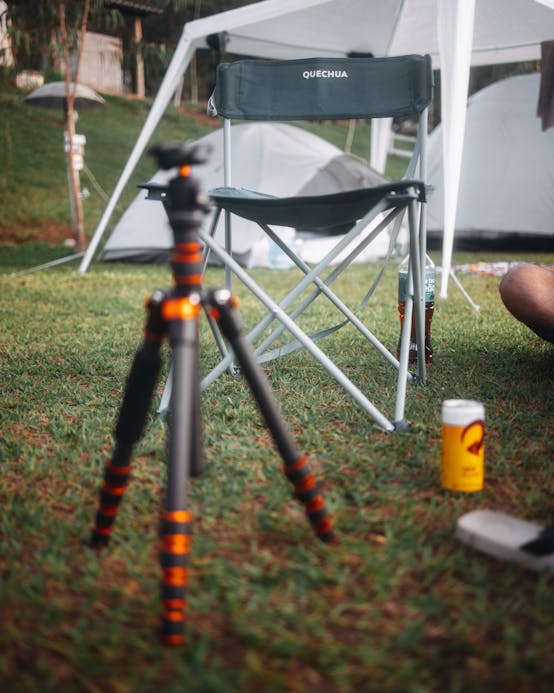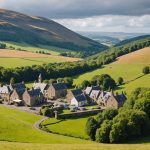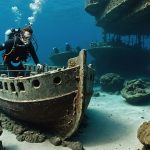Uncover Scotland’s Coastal Gems: Explore the Best Summer Puffin Photography Locations
Scotland, with its rugged coastlines, picturesque islands, and abundant wildlife, is a paradise for photographers and nature enthusiasts. Among the many attractions Scotland has to offer, puffin photography stands out as a unique and captivating experience. Here’s a comprehensive guide to help you discover the best summer puffin photography locations in Scotland.
Why Scotland is a Puffin Photographer’s Haven
Scotland is home to a significant portion of the world’s puffin population, making it an ideal destination for those eager to capture these charming birds on camera. Puffins, with their distinctive black and white feathers and brightly colored beaks, are a delight to photograph.
This might interest you : Uncover oxford”s literary treasures: the definitive guide to uk guided tours of iconic literary landmarks
“Puffins are nicknamed the ‘clowns of the sea’ due to their colorful, comedic appearance and bobbing walk,” notes a guide from RSPB Bempton Cliffs Nature Reserve. This unique appearance makes them a favorite among wildlife photographers[1].
Best Places to Photograph Puffins in Scotland
Scotland offers several prime locations for puffin photography, each with its own unique charm and advantages.
Also read : Discover the best uk cities for unforgettable guided tours showcasing modern street art
Isle of Mull
The Isle of Mull is one of the most highly recommended places for puffin photography. This rugged island off Scotland’s west coast is home to a large puffin colony, particularly around the area known as Puffin Cove.
“Enjoy 2 nights on the rugged Isle of Mull with a whole morning dedicated to viewing Puffins at close quarters,” suggests Best Scottish Tours. The island’s scenic landscapes and abundant wildlife, including golden eagles and red deer, make it a photographer’s dream destination[4].
Troup Head and the Moray Coastline
Located on the mainland, Troup Head is Scotland’s only gannetry and a significant spot for puffin sightings. The dramatic cliff faces and the surrounding Moray Coastal Trail offer stunning backdrops for photography.
“A very exciting boat trip to the foot of Troup Head allows you to see puffins and other seabirds up close,” describes Naturalist Journeys. This area is also known for its other wildlife, including gannets, razorbills, and porpoises[3].
Bullers of Buchan
Just 27 miles north of Aberdeen, the Bullers of Buchan offer a dramatic cliff face where puffins can be spotted in their natural habitat. This location is particularly appealing during the spring and summer months.
“The best time of year to spot these beauties is spring and summer,” advises VisitAberdeenshire. The area is also known for its other wildlife, including seals and red deer[2].
Planning Your Puffin Photography Tour
To make the most of your puffin photography experience, it’s essential to plan your trip carefully.
Best Time to Visit
Puffins are seasonal visitors to Scotland’s coastlines, typically arriving in late April and departing by early August. The peak sighting period is between May and July.
“Puffins can be seen at Bempton Cliffs from late April to early August each year, with peak sightings occurring between May to July,” explains the RSPB Bempton Cliffs guide[1].
Essential Gear and Tips
For capturing the best puffin photographs, you’ll need the right equipment and some practical tips.
- Camera and Lenses: A good quality DSLR or mirrorless camera with a telephoto lens (at least 200mm) is essential for capturing puffins without disturbing them.
- Tripod: A sturdy tripod will help you stabilize your camera, especially during early morning or late evening shoots when light is softer.
- Patience: Puffins are most active at dawn and dusk, so be prepared to spend time waiting for the perfect shot.
- Ethical Photography: Always maintain a safe distance from the puffins to avoid disturbing them. This not only ensures their safety but also helps in capturing more natural behaviors.
Boat Tours and Guided Trips
Boat tours and guided trips can significantly enhance your puffin photography experience by providing access to remote islands and hidden gems.
Isle of Staffa and Lunga
A boat trip to the Isle of Staffa and Lunga is highly recommended. These islands are home to some of the most accessible puffin colonies in Scotland.
“On Lunga, the puffin experience is perhaps the best in the British Isles, as we pass right by the burrows,” describes Naturalist Journeys. This trip allows you to get incredibly close to the puffins, making for some unforgettable photographs[3].
Cruden Bay and the North Coast
For those exploring the north coast, Cruden Bay is another hidden gem. While not as famous as some other locations, it offers a serene and less crowded environment for puffin photography.
“Cruden Bay is a fantastic spot for a more secluded puffin watching experience,” suggests a local guide. The area is also rich in other wildlife, including seals and various seabirds.
Comparing the Best Locations
Here’s a comparative table to help you decide which location best suits your needs:
| Location | Accessibility | Puffin Population | Other Wildlife | Best Time to Visit |
|---|---|---|---|---|
| Isle of Mull | Ferry from Oban | Large colony | Golden eagles, red deer | May to July |
| Troup Head | Car and short walk | Significant | Gannets, razorbills, porpoises | May to July |
| Bullers of Buchan | Car and short walk | Moderate | Seals, red deer | May to July |
| Bempton Cliffs | Car and short walk | Large colony | Gannets, seabirds | May to July |
| Isle of Staffa and Lunga | Boat tour | Large colony | Guillemots, razorbills, gulls | June to August |
Practical Insights and Actionable Advice
Here are some practical tips and advice to make your puffin photography trip a success:
- Book Early: Popular locations and guided tours can fill up quickly, so it’s advisable to book your trip well in advance.
- Check Weather: Scotland’s weather can be unpredictable. Always check the forecast before heading out and be prepared for changing conditions.
- Respect Wildlife: Maintain a safe distance from the puffins and other wildlife to avoid disturbing them. This ensures both your safety and the well-being of the birds.
- Join a Guided Tour: Guided tours can provide valuable insights and access to areas that might be difficult to reach on your own.
Scotland’s coastal gems offer some of the best puffin photography locations in the world. Whether you choose the Isle of Mull, Troup Head, or one of the many other hidden gems, you are sure to have an unforgettable experience.
“Puffins mate for life and couples have been known to spend over 20 years together, often returning to the same burrow each year,” notes the RSPB Bempton Cliffs guide. Capturing these moments through your lens can be a truly rewarding experience[1].
So pack your camera, grab your binoculars, and head to Scotland to uncover its stunning coastal gems and capture the magic of these charming puffins. Don’t miss this opportunity to experience some of the best wildlife photography Scotland has to offer.











